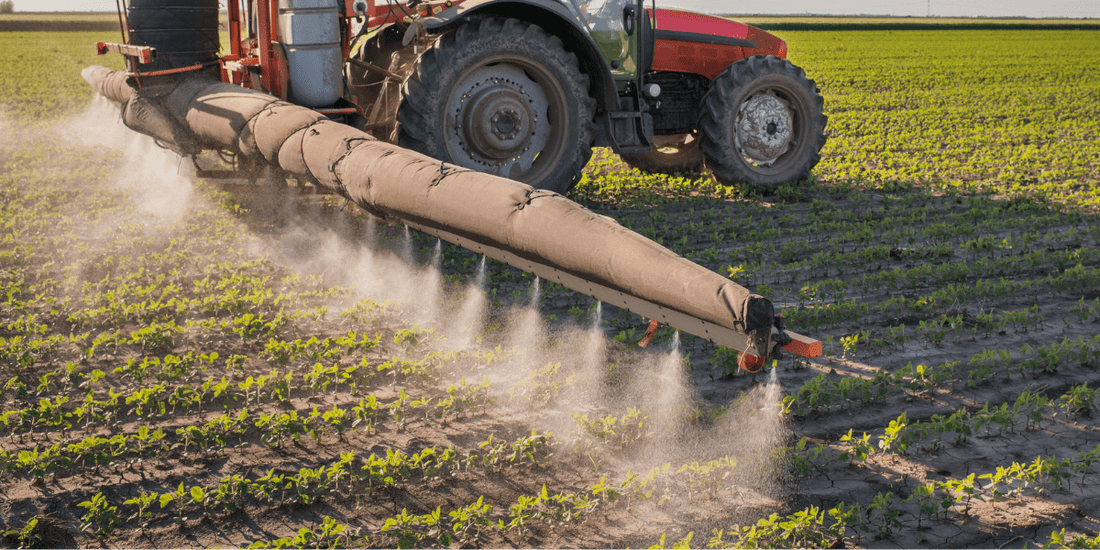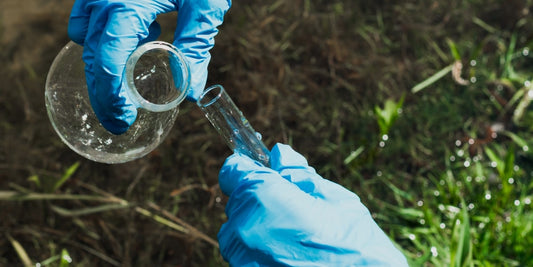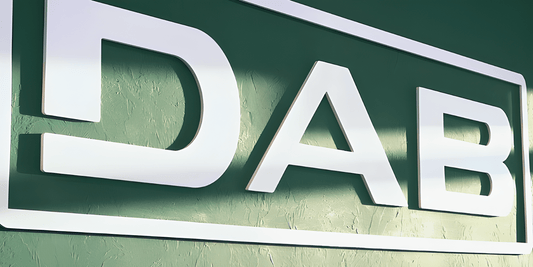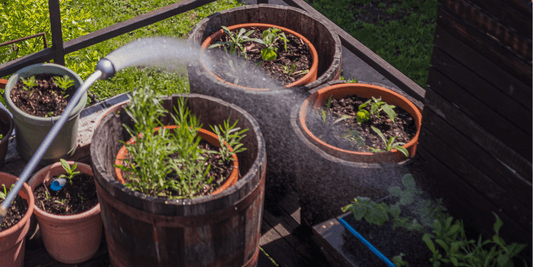
How to Find the Right Clean Water System for Your Field
Share
Finding the right clean water system for your agricultural setup isn’t always straightforward. The needs on a dairy farm are miles apart from a commercial greenhouse or a rural smallholding. And when you’re dealing with private water supplies, rainwater harvesting, or pressure systems, the choices can be overwhelming.
So where do you start? The good news is that with the right setup, you can take control of your water supply, reduce reliance on mains water, and keep everything running efficiently. Here are the 5 key considerations when choosing the best clean water system for your farm, field or plot.
Where’s your water coming from?
If you’re drawing water from a borehole, well or spring, you’ll need a reliable pump to get it where it needs to go. Submersible borehole pumps are a popular choice here, they’re quiet, energy-efficient and great for deeper sources. For more shallow setups, a jet pump might do the trick, especially where you need a bit more pressure to move water uphill or across long distances.
Harvested rainwater is fantastic for non-potable uses like washing equipment, watering crops or topping up tanks for livestock. These systems can be stored in above-ground or underground potable tanks, then pumped out with a booster pump to feed irrigation or troughs.

Think about how the water’s being used
Once you know where the water’s coming from, think about how it’s going to be used day-to-day. Clean water systems in agriculture generally fall into a few categories:
- Irrigation – For crops, greenhouses, polytunnels or lawns. This might mean a constant flow over long periods, so pressure and consistency matter.
- Livestock – Supplying water to troughs across a yard or several fields. You might need multiple outlets running at different times, especially if you’ve got cattle or horses.
- Washing down – Whether it’s crates, barns, equipment or vehicles, you’ll need a good supply and the right pressure.
- Domestic use – If you’re on a smallholding or live on-site, you may also need a separate or integrated system for drinking, bathing, or household use.
Different setups will need different flow rates and pressure levels. This is where pressure vessels and booster pump sets come in to regulate delivery, maintain consistent pressure, and reduce wear on the pump itself.
Match the pump to the job
One of the most common issues we see is pumps that are either oversized or underpowered. Too small, and you won’t get enough pressure or flow. Too big, and you’ll waste energy, potentially damaging your system over time as well.
This is where talking to someone who understands both pumps and agricultural setups is key. A good supplier will ask about:
- Distance from the water source to where it’s needed
- Height differences (head height)
- Flow rate and pressure requirements
- Number of outlets or zones
- Whether it’s continuous or intermittent use
With the right information, they can help recommend a submersible, surface or booster pump that’ll deliver long-term, energy-efficient performance.

Don’t forget storage
Water storage is often overlooked, but it’s a game-changer if you're collecting rainwater or pumping intermittently from a natural source.
Potable water tanks (safe for drinking water) come in all shapes and sizes. Enduramaxx tanks, for example, are a solid choice—tough, UV-resistant and available in capacities to suit anything from a small allotment to a large farmyard.
Storing water gives you flexibility. You can pump at off-peak times, store for drier weather, or create a buffer when demand spikes. Pair your tank with a float switch or control system, and your pump can turn on and off automatically as needed—saving energy and extending the life of the system.
Keep things running with the right accessories
It’s not all about pumps and tanks. Electrical accessories like control panels, pressure switches, and level sensors are what keep your system ticking over smoothly. Investing in good-quality fittings and connectors also prevents leaks and keeps everything watertight, especially in more remote or exposed areas.
If you're using air pumps for aeration in storage tanks or fish ponds, or driving certain types of low-pressure systems, brands like Charles Austen and Secoh are trusted for their quiet, efficient operation, especially in sensitive agricultural environments.
And don’t forget spares. Diaphragms, filters and valves are the small parts that make a big difference. Keeping a few essentials on hand can mean the difference between a quick fix and a costly delay in the middle of a busy season.

Final thoughts
Choosing the right clean water system for your agricultural setup isn’t just about picking a pump off the shelf, it’s understanding how all the pieces work together. From the source, to the storage, to how and when it’s used, getting it right means your crops grow stronger, your livestock stay hydrated, and your day runs a lot smoother.
If you’re not sure where to start, we’re always happy to chat. Whether you’re running a large operation or just getting started with a smallholding, there’s a clean water solution that’ll fit just right—and we’re here to help you find it.



